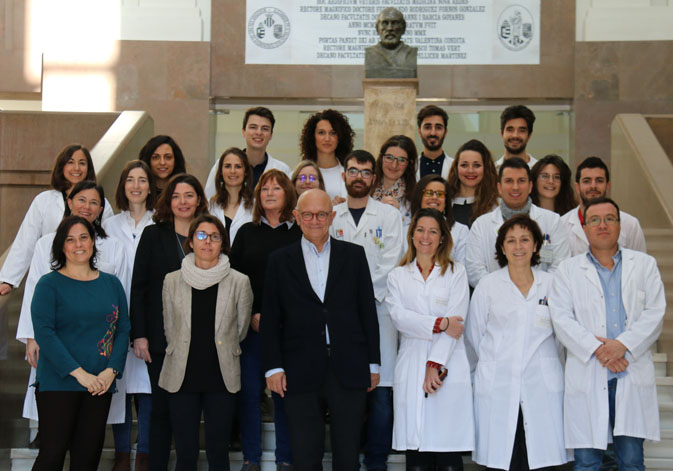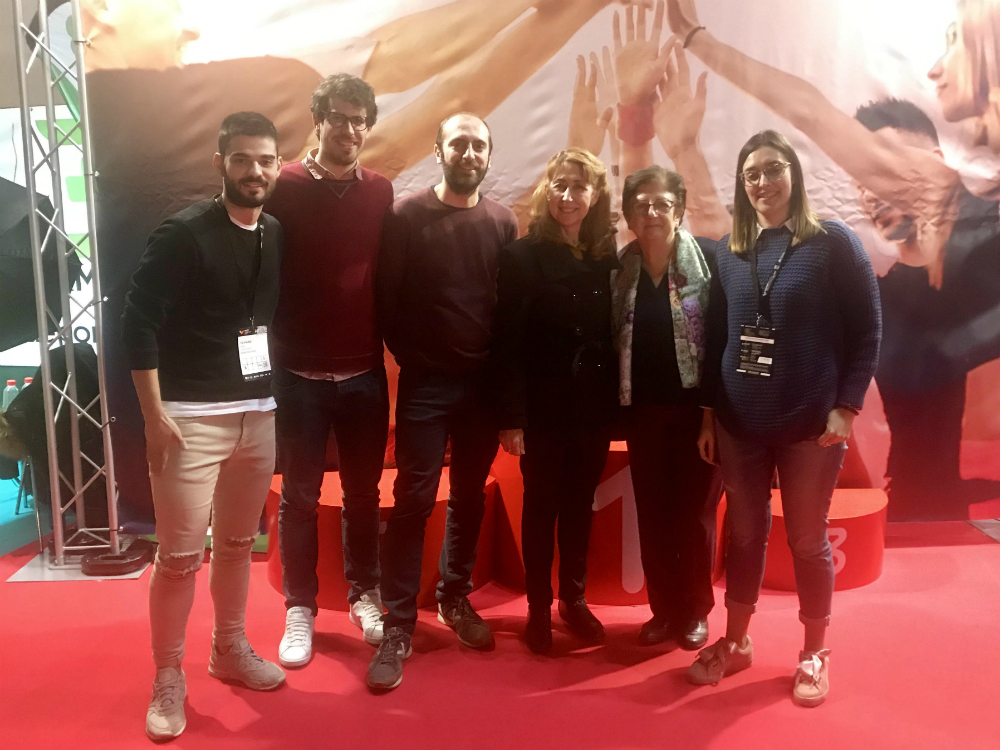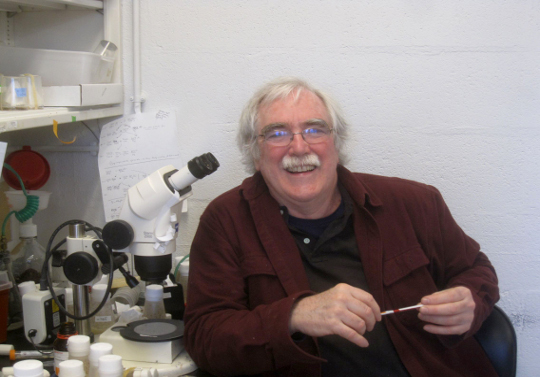
On 29 February took place the Rare Disease Day, which aims to give visibility to all the people who suffer from some pathology called ‘rare’.
1 march 2016
29 February has been chosen to commemorate the Rare Disease Day since it is also a singular day. This initiative was born in 2008, also leap year, and the rest of days it takes place on 28 February. The project for the future is that the entire month of February is known as ‘the month of rare diseases’.
The World Health Organisation (WHO) qualifies as ‘rare disease’ the pathology that is suffered by less than 50 people every 100,000 people. Nowadays, there are over 7,000 diseases in this classification. In Europe we consider rare a disease that affects 1 every 2,000 persons; in USA is defined as a disorder or disease that suffer less than 200,000 people; while in Japan they consider rare a disease that affects less than 50,000 people. The percentage in Europe is really low (0,05% of population), so the visibility of this category of diseases is very small in society.
Generally speaking, the most part of rare diseases are caused by genetic defects, although they can also be caused by the environmental exposure during pregnancy, or after being born, often in combination with genetic susceptibilities. About 4,000 of these diseases do not have curative treatments.
The European Alliance for Associations of Patients with Rare Diseases (EURORDIS) aims to inform and make society aware of rare diseases and the situation and needs of the people affected and their families. As EURORDIS explains, “rare diseases constitute an entire range of chronic pathologies that threaten the life of the people affected; as a whole, over 6,000 identified rare diseases identified until now affect a total of 30 millions of Europeans.”
Awareness campaigns for these diseases try to promote their visibility and demonstrate to society the need of showing interest in all the patients, despite being a small number. The cover image of this post corresponds to the audiovisual project of Sombradoble that focuses on the visibility of the patients and the research carried out in our country on rare diseases. You can see it here.
Nowadays there are anonymous campaigns that have got a lot of success on the Internet and that have provided a lot of visibility to these diseases. In the case of Josele, the father of María who suffers from Rett syndrome, a genetic disorder highly disabling that nowadays has no cure. Josele is a sports fan and for years he takes his daughter running with him: he caught all these days and the everyday life of his daughter in the documentary ‘Línea de Meta’ (‘Finish Line’).
This documentary was really successful in the Internet and appeared in all the news programmes. If you want to know more about the initiative of Josele and the Rett Syndrome here.
The Rare Disease Day is just one more initiative to give visibility to these diseases and to make society aware of a pathology being suffered just by a reduced group of people is no less important.
Published by: Inés Luján











